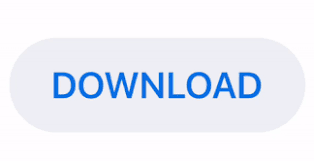

If you are using a newer Windows 10 ISO (after version 201809), then UUByte ISO Editor is the best app for creating a bootable USB on Mac. I managed to create several bootable Windows 10 USBs on Mac (Mojave, Catalina and Big Sur) in recent years. I had to create a Windows partition on my hard drive and boot into that to make a functioning boot drive.

The ExFAT formatted drive with Windows ISO did not work as a bootable drive. Will report back if I run into any issues. All this said, I have yet to actually use this drive to INSTALL Windows as I'm building the computer tomorrow. I just did this with a Sandisk 32GB drive and it worked perfectly. Select "ExFAT" in the format dropdown and confirmĪfter this process you are able to move larger files into your USB drive. Select drive you want to be the boot drive Here are the steps! For reference I'm running Mac OS Monterey (v12.0.1) The easiest thing to do is just to reformat your drive to 'ExFat' using Disk Utility.

Sorry if this is a breach of etiquette (commenting on an old thread!) You don't need to download any new software to do this, everything is already included in current Mac OS. Note: The browser’s user agent will return back to normal as soon as you close Chrome’s developer tools.In case anyone stumbles onto this thread I'm going to give what I believe to be the easiest solution to this problem. When prompted, select USB Drive as the destination for download and click on Save. Note: You might be able to Upgrade From 32-bit to 64-bit Windows 10ġ0. On the next screen, select either 32-bit Download or 64-bit Download to start the download. Select the Edition of Windows that you want to download and click on Confirm.ĩ. After selecting User Agent, refresh the download page (Do not close Developer Tools) and you will see the option to Download ISO File.ħ. Note: You can select any Non-Windows User Agent.Ħ. From the menu that appears, select Chrome – Mac as the User Agent and do not close the Developer Window. On Network conditions screen, uncheck Select Automatically option and click on the down-arrow next to Custom.ĥ. On Developer screen, click on the menu icon > hoover mouse over More Tools and click on Network Conditions.Ĥ. Click on 3-dots menu icon > hoover mouse over More Tools and click on Developer Tools.ģ. Open Google Chrome web browser on your computer and visit Microsoft’s ISO download site.Ģ. If you do not have a Mac or Chromebook, you can still download Windows ISO File to USB Drive by switching the web browser on your computer to a Non-Windows User Agent.ġ. Download Windows 10 ISO File to USB Drive on Windows Computer


 0 kommentar(er)
0 kommentar(er)
